Advanced weather satellite Insat-3DR launched
Fri 09 Sep 2016, 10:32:28
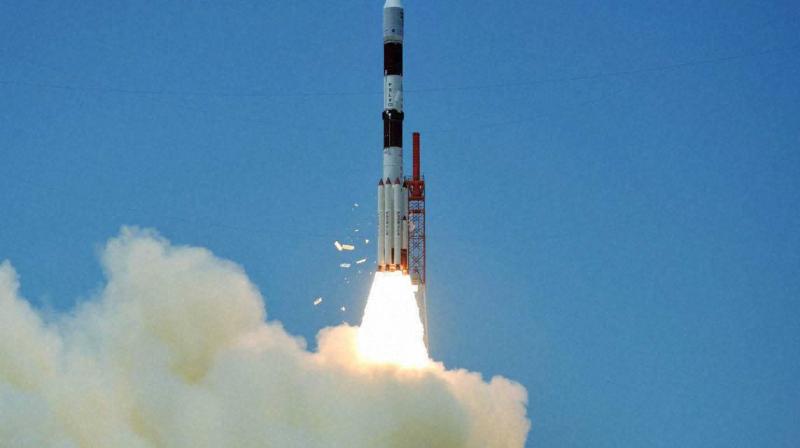
Indian scientists successfully launched the advanced weather satellite Insat-3DR on Thursday evening from the Sriharikota space port.The 2,211-kg Insat-3DR was carried by India’s heavy duty rocket, Geosynchronous Satellite Launch Vehicle (GSLV)-F05, and put into the required Geostationary Transfer Orbit (GTO).
The rocket was originally scheduled to lift off at 4.10 pm from the second launch pad at the Satish Dhawan Space Centre, Sriharikota, about 100 km from north Chennai.However, the launch was rescheduled by 40 minutes due to a delay in filling fuel at the cryogenic stage. After sorting out the snag, Indian Space Research Organisation (Isro) scientists launched the satellite precisely at 4.50 pm.
“Today we have achieved another landmark by launching GSLV-F05, which has carried the Insat-3DR and put in the right orbit. Vehicle launch performed very well,” Isro Chairman A S Kiran Kumar said soon after the launch. The latest GSLV rocket put Insat-3DR into the required orbit about 17 minutes after the launch.
The latest GSLV rocket put INSAT-3DR into the required orbit about 17 minutes after the launch. The GSLV-F05 mission with indigenously developed Cryogenic Upper Stage (CUS), was considered vital to the Indian space programme for transporting heavy satellites in its future commercial
launches.
launches.
GSLV-F05, the tenth flight of the country’s GSLV, is specifically designed to inject 2 to 2.5-ton class of satellites into GTO. After reaching GTO, INSAT-3DR will use its own propulsion system to reach its final geosynchronous orbital home and will be stationed at 74 degrees east longitude.
ISRO officials said INSAT-3DR would provide a variety of meteorological services to the country. Like its predecessor INSAT-3D, INSAT-3DR carries a data relay transponder as well as a search and rescue transponder.
Thus, INSAT-3DR, which has a life span of ten years, will provide service continuity to earlier meteorological missions of ISRO and further augment the capability to provide various meteorological as well as search and rescue services.
Significant improvements incorporated in INSAT-3D compared to the earlier meteorological missions, are part of INSAT-3DR. It also includes imaging in middle infrared band to provide night-time pictures of low clouds and fog imaging in two and thermal infrared bands for estimation of Sea Surface Temperature (SST) with better accuracy, higher spatial resolution in the visible and thermal infrared bands.
The GSLV-F05 flight is all the more significant for ISRO since it is the first operational flight of GSLV carrying the indigenous CUS.
No Comments For This Post, Be first to write a Comment.
Most viewed from Specials
Most viewed from World
AIMIM News
Latest Urdu News
Most Viewed
May 26, 2020
Where should be the burial of the pilgrims martyred in the Saudi Arabia bus accident?
Latest Videos View All
Like Us
Home
About Us
Advertise With Us
All Polls
Epaper Archives
Privacy Policy
Contact Us
Download Etemaad App
© 2025 Etemaad Daily News, All Rights Reserved.

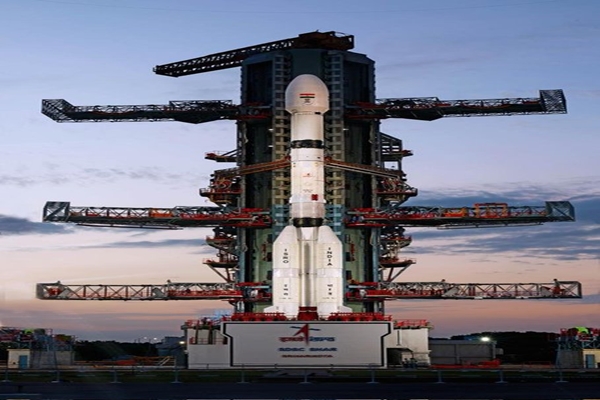

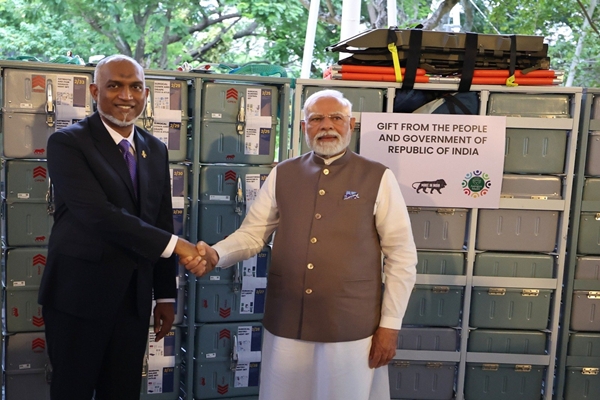
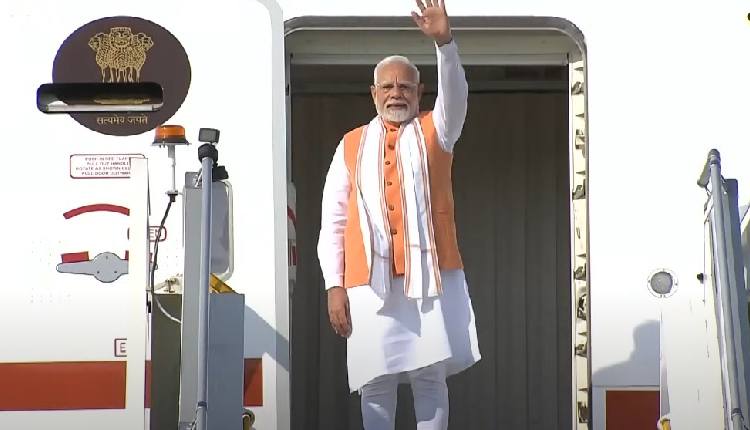


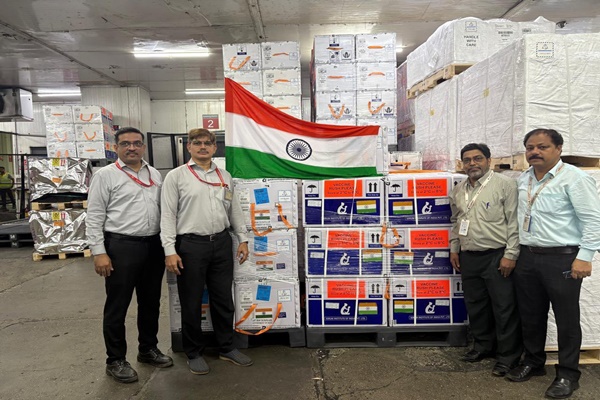















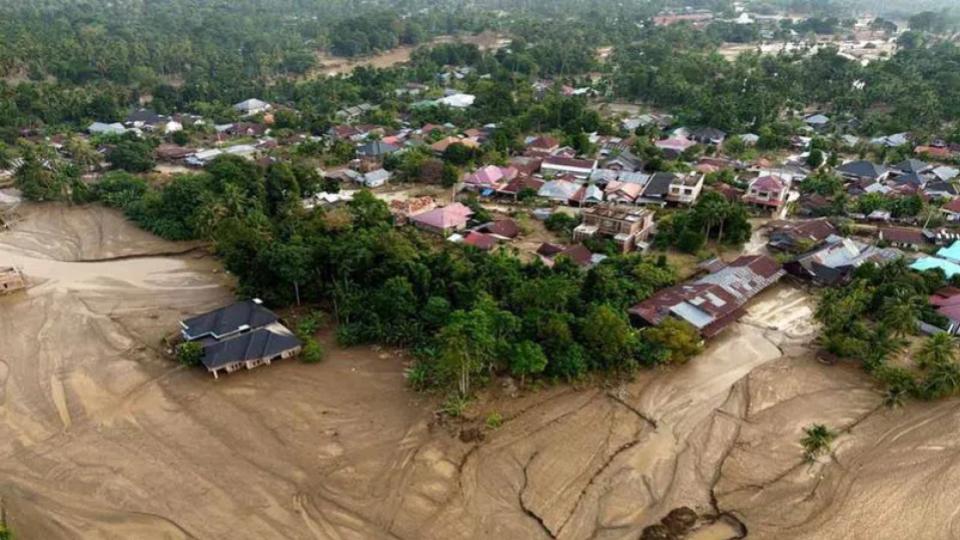













.jpg)
.jpg)
.jpg)


